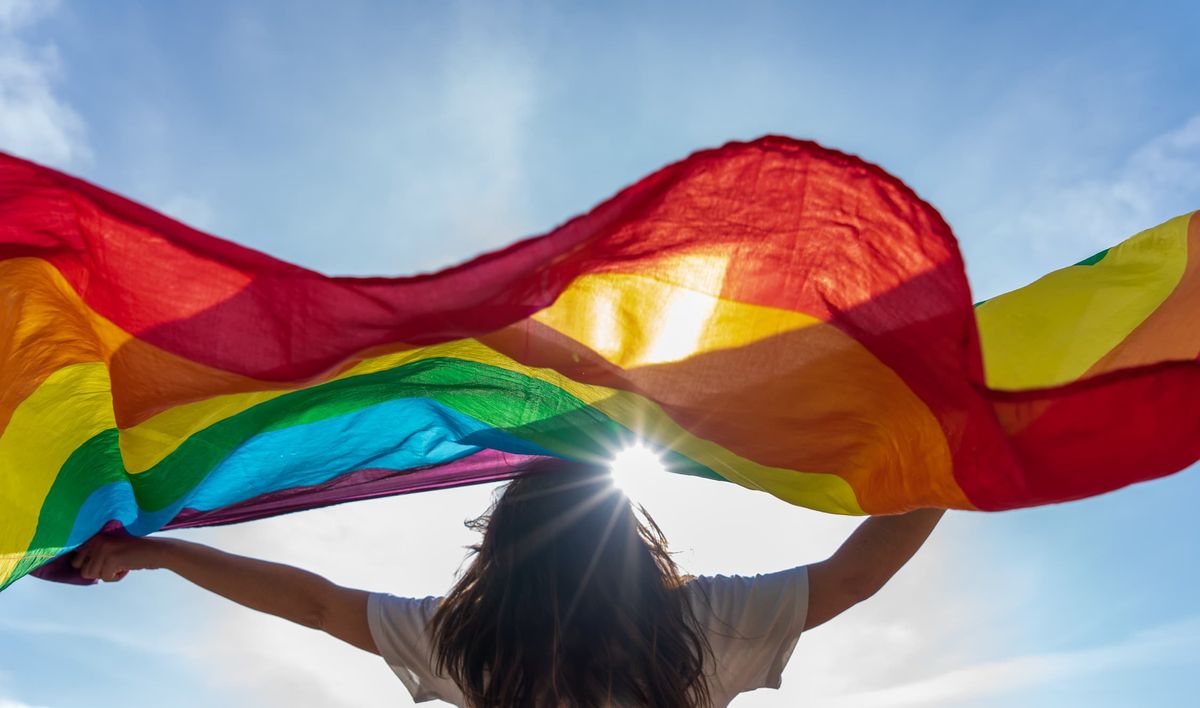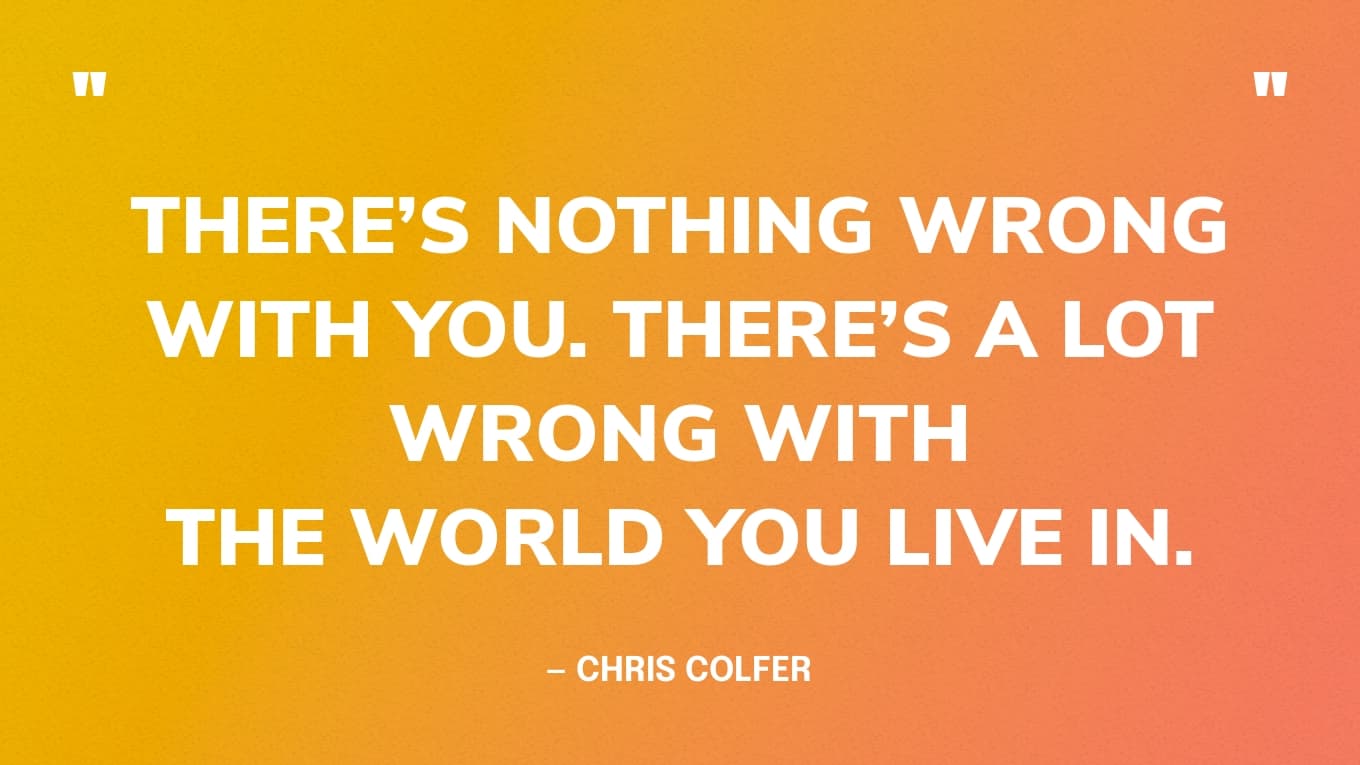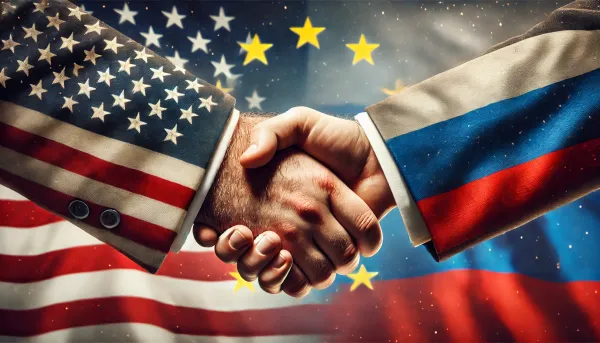Celebrating Pride Month: Embracing Love, Equality, and Diversity
Pride Month, which is celebrated every June, is a time to honor the LGBTQ+ community, raise awareness about the struggles they face, and promote equality and acceptance.

Introduction:
Pride Month, which is celebrated every June, is a time to honor the LGBTQ+ community, raise awareness about the struggles they face, and promote equality and acceptance. It is an opportunity to stand in solidarity with the LGBTQ+ individuals and celebrate the progress made towards achieving a more inclusive society. This month (june) is dedicated to celebration and commemoration of lesbian, gay, bisexual, and transgender (LGBT) pride. Pride Month began after the Stonewall riots, a series of gay liberation protests in 1969, and has since spread outside of the United States. Modern-day Pride Month both honors the movement for LGBT rights and celebrates LGBT culture. In this blog post, we will delve into the significance of Pride Month, its history, and explore ways to actively participate and support the LGBTQ+ community.
What is LGBTQ+ ?
LGBTQ+ is an evolving acronym that stands for lesbian, gay, bisexual, transgender, queer/questioning. Many other terms (such as non-binary and pansexual) that people use to describe their experiences of their gender, sexuality and physiological sex characteristics.
- L is for Lesbian. This is a female-identifying person who is attracted to another female-identifying person.
- G is for Gay. This is a male-identifying person who is attracted to another male-identifying person.
- B is for Bisexual. Someone who is attracted to more than one gender.
- T is for Transgender. This is someone whose gender identity/expression does not conform to they sex they were assigned at birth. Having to do with gender and not sexuality, transgender people may identity as other LGBQIA+ terms.
- Q is for Queer or Questioning. Referring to anyone who is not straight or cisgender, queer is an umbrella term in the community for those who don’t wish to use labels. Historically, the term was a slur. But, recently it has been reclaimed by LGBTQIA+ people. Questioning is a term for those who are not sure about how they identify.
Origins of pride month
The year (1969) after the riots, the first pride marches were held in several US cities. The march in New York City, aimed to celebrate the "Christopher Street Liberation Day", alongside parallel marches across the US, is considered to be a watershed moment for LGBT rights. Fred Sargeant, an organizer of some of the first marches, said that the goal was to commemorate the Stonewall riots and further push for liberation. He noted that while the first marches were more akin to a protest than a celebration, it helped to remind people of LGBT communities and how they may include one's family and friends. However, transgender women and people of color were noted to have been excluded or silenced during the early marches, despite the initial riots largely consisting of them.

Celebrating LGBTQ+ Identity:
Pride Month is a jubilant celebration of LGBTQ+ identity and diversity. It provides an opportunity for people of all sexual orientations and gender identities to come together, amplify voices, and showcase the vibrancy of the LGBTQ+ community. Festivals, parades, and events are held worldwide, creating a space for self-expression, acceptance, and love.
significance of Pride Month:
Pride month isn’t just Gay Pride
Some people still call it Gay Pride but Pride is for everyone in the LGBTQIA+ community. Some people in our community are just as transphobic, biphobic and racist as some people outside of our community and don’t want to include everyone. It’s important we don’t put up barriers that make people feel they don’t belong because they’re trans, non-binary, bisexual, Black, Brown, or a combination of these. Someone even created a new flag which added extra colours to the rainbow flag to show that Pride is for everyone. It can’t fix all of the issues but it is a small step to including everyone.
Raising awareness of issues faced by LGBTQIA+ people
June is not just time for celebration, it’s also a time to raise awareness of issues we might experience being part of the LGBTQIA+. It shines a light on the unique challenges we might face so that we can support each other better.
According to a health report by Stonewall in 2018, 52% of LGBT individuals reported experiencing depression, with 46% of transgender individuals and 31% of non-transgender lesbian, gay, and bisexual individuals having had thoughts of suicide.
Creating a safe space for LGBTQIA+ people
Pride should be a safe space for LGBTQIA+ people to celebrate a part of ourselves we may hide. Parades and other events allow us to be ourselves with pride, rather than hide parts of who we are behind closed doors, which some of us have to do more often than others.
Building and supporting the community
Pride events provide a platform for LGBTQIA+ individuals to connect and foster a sense of community. They offer young LGBTQIA+ individuals the opportunity to participate in gatherings where they can meet others who share similar experiences and feel a sense of belonging within the broader LGBTQIA+ community. These events also serve as a platform for various charities and organizations to showcase their support and promote the resources they offer, both within and outside the LGBTQIA+ community.

Conclusion:
As we celebrate Pride Month, let us embrace love, acceptance, and equality. Let us recognize the struggles faced by the LGBTQ+ community, honor their triumphs, and continue our efforts to build a world that accepts and celebrates diversity in all its forms. By supporting and advocating for LGBTQ+ rights, we contribute to a brighter and more inclusive future for all. Happy Pride Month!
Remember, love is love, and together, we can create a world where everyone can live authentically, without fear or discrimination.




